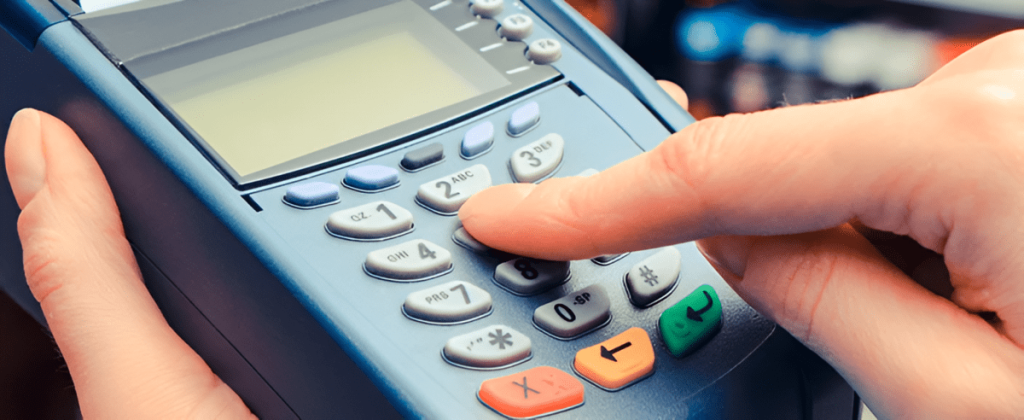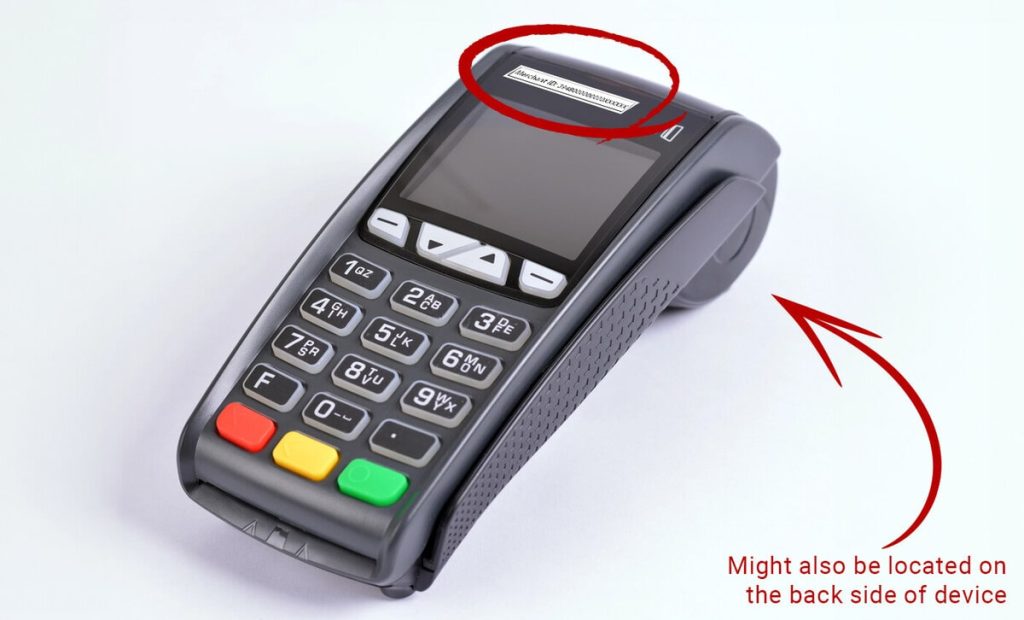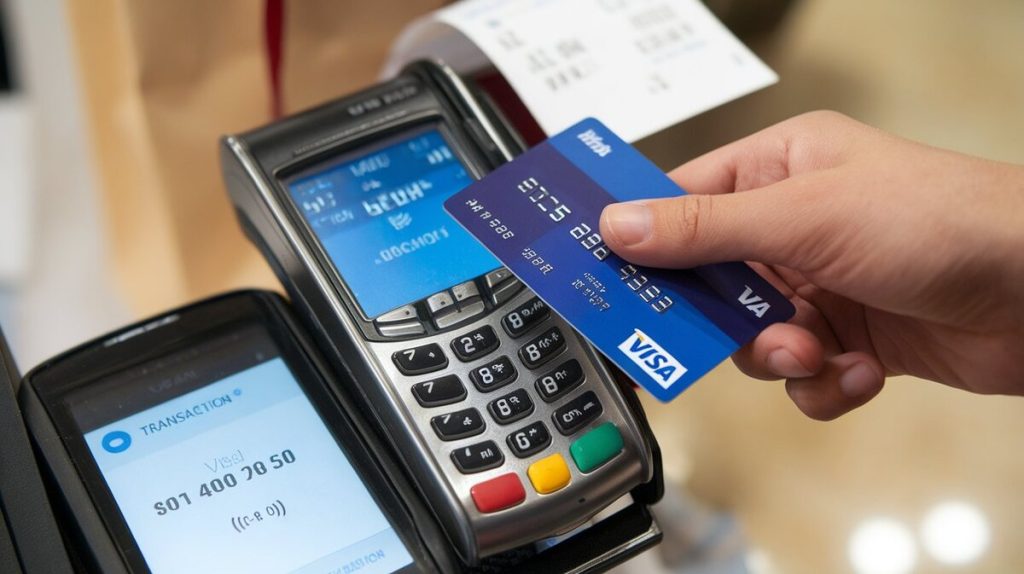Introduction to TID
A Terminal ID Number (TID) is a critical identifier in payment processing. It links each transaction to a specific terminal, ensuring smooth and secure processing. As businesses rely more on digital payments, understanding TIDs becomes increasingly important.
What is a Terminal ID (TID)?
A TID is a unique identifier assigned to each payment terminal by the payment processor. This identifier tracks the origin of every transaction processed by a terminal, making it a vital component in the payment processing system.
Facts:
- TIDs are typically eight digits long.
- Every POS terminal has a unique TID, even within the same business.
Importance of TIDs in Payment Processing
TIDs serve several critical functions in payment processing:
- Transaction Identification:
- TIDs identify the origin of each transaction. This is essential for businesses with multiple terminals, as it allows processors to pinpoint which terminal was used for a specific transaction.
- Example: A retail chain with 100 stores can track each transaction back to the terminal that processed it.
- Security:
- TIDs enhance security by uniquely identifying each terminal. This prevents fraudsters from easily replicating terminal information.
- Data: Visa’s 2022 Fraud Report highlights that secure terminal identification contributed to a 15% reduction in POS-related fraud globally.
- Terminal Tracking and Management:
- TIDs simplify managing multiple POS terminals. They help in tracking terminal performance and identifying issues quickly.
- Industry Insight: Payment processors like Checkout.com and Stripe emphasize the importance of TIDs for maintaining operational efficiency and accurate transaction reporting.
- Reporting:
- TIDs enable detailed reporting, allowing businesses to generate reports based on individual terminals. This helps in analyzing sales patterns and optimizing operations.
- Example: A retailer can use TID-based reports to identify peak transaction times and allocate resources more effectively.
Table 1: Key Functions of TIDs in Payment Processing
| Function | Description | Example |
|---|---|---|
| Transaction Identification | Tracks the origin of each transaction | Identifying which terminal processed a specific transaction |
| Security | Enhances security by uniquely identifying each terminal | Reduction in POS-related fraud |
| Terminal Tracking | Simplifies the management of multiple POS terminals | Tracking terminal performance across multiple locations |
| Reporting | Facilitates detailed reporting and analysis of transactions | Generating reports based on terminal performance |

How to Obtain and Find a TID
Obtaining a TID involves a straightforward process:
- Contact the Payment Processor:
- Provide business details like legal name and address.
- Fill out an application form with information on business type, transaction volume, and payment methods.
- Submit Documentation:
- Required documents include business registration and proof of address.
- Approval Process:
- The payment processor reviews the application, which can take a few days to weeks.
- Receive and Configure TID:
- After approval, the payment processor provides a TID, which is configured into the terminal.
- Start Processing Transactions:
- With the terminal configured, the business can begin processing transactions.
Finding a TID is simple:
- On Receipts: The TID is often found on transaction or settlement receipts, near the Merchant ID (MID).
- On the Terminal Display: Some terminals display the TID on the screen.
- Through Online Accounts: Payment processors like Braintree and Stripe provide TID information in their online dashboards.
Table 2: Steps to Obtain and Find a TID
| Step | Description | Example |
|---|---|---|
| Contact the Payment Processor | Provide business information and complete an application | Small business applying for payment processing services |
| Submit Documentation | Submit required documents for verification | Business registration and proof of address |
| Approval Process | Processor reviews the application, which may take a few days | Payment processor reviewing application for a new retail store |
| Receive and Configure TID | Processor provides a TID, which is then configured into the terminal | Business receives TID and configures it into their POS terminal |
| Start Processing Transactions | Begin using the terminal for transactions | Retail store starts accepting credit card payments |
Difference Between TID and MID (Merchant ID Number)
TIDs and MIDs serve distinct purposes:
- TID (Terminal ID Number):
- Scope: Specific to a payment terminal.
- Purpose: Used for transaction identification and terminal tracking.
- Format: Typically a short numeric code, unique to each terminal.
- MID (Merchant ID Number):
- Scope: Associated with the merchant’s business.
- Purpose: Used for merchant identification and fund routing.
- Format: A combination of numbers and letters, identifying the merchant account.
Example: A retailer might have one MID for the entire business but several TIDs for different terminals in various locations.
Table 3: Comparison of TID and MID
| Feature | Terminal ID (TID) | Merchant ID (MID) |
|---|---|---|
| Scope | Specific to a payment terminal | Associated with the merchant’s business |
| Purpose | Used for transaction identification | Used for merchant identification and fund routing |
| Format | Short numeric code | Combination of numbers and letters |
| Assignment | Generated by the payment processor | Assigned by the payment processor or acquirer |

TIDs and Chargeback Management
TIDs play a crucial role in chargeback management. By associating a chargeback with the specific terminal that processed the transaction, businesses can investigate disputes more effectively.
- Example: If a business uses one terminal for in-store transactions and another for online sales, the TID helps determine the source of the transaction in case of a chargeback.
- Industry Insight: Payment processors like Checkout.com and Braintree emphasize the importance of TIDs in dispute resolution, as they allow for precise identification of the transaction’s origin.
It’s crucial for businesses to work with reliable partners to prevent chargebacks. Merchanto.org is an official partner of VISA and MasterCard in the chargeback prevention sector. They offer tools to help businesses manage and prevent chargebacks. For more information, visit Merchanto.org.
Conclusion
Understanding and managing Terminal ID Numbers (TIDs) is essential for businesses processing electronic payments. TIDs ensure secure and accurate transactions, help in managing terminals, enable detailed reporting, and play a role in chargeback resolution. As digital payments grow, TIDs will continue to be important, making it crucial for businesses to stay informed.
By following these guidelines, businesses can enhance their payment processing, improve security, and manage their payment terminals effectively.



